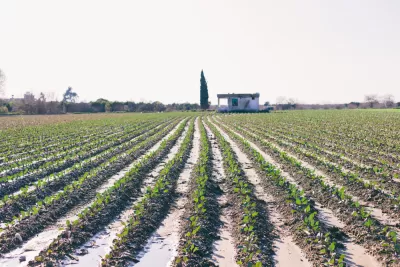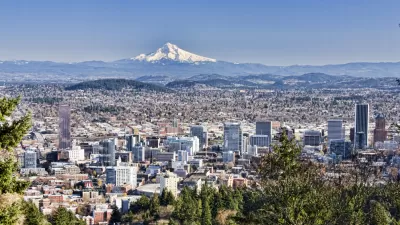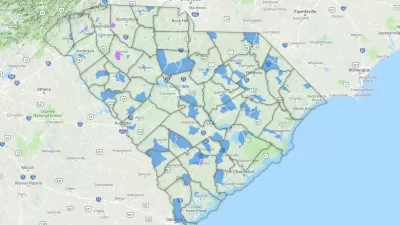The state of Texas gives an early indication of the potential scale of the new Opportunity Zones program—an emerging program that will be rolling out across the country in the coming days and weeks.

The state of Texas is getting out in front of a new federal policy on Opportunity Zones, a program enacted by the Tax Cuts and Jobs Act of 2017 to provide economic development funding for distressed urban and rural areas.
According to an article by Luis Guajardo and Alexandra Miller, Texas Governor Greg Abbott announced the designation of 628 Opportunity Zones, including 150 in the Houston metropolitan area. Designating Opportunity Zones is a necessary step on the way to implementing this new financing program:
Governors were given 90 days since the new tax code was signed into law to designate up to 25 percent of eligible census tracts as Opportunity Zones for a 10 year period. To be eligible, a census tract must have a poverty rate of at least 20 percent and a median family income less than 80 percent of the area’s median income or be contiguous to low-income tracts with a median family income that does not surpass 125 percent of the low-income tracts’ median family income.
As explained in the article, as well as an earlier post on Planetizen, the Opportunity Zones will be funded by an investment vehicle known as Qualified Investment Funds. "Opportunity Funds provide investors a 10 percent step-up in basis available after a five-year investment, with an additional 5 percent allotted after seven years and permanent exemption of capital gains from taxable income after 10 years -- including for the sale of property," explain Guajardo and Miller.
According to Miller there's plenty of reason for Texas and any other state to be excited by the prospect of this new federal program. "Policy experts tracking the initiative claim trillions of dollars in private capital are sitting on the sideline [pdf] and investors are keen to benefit from the proposed tax deferrals -- making this one of the most significant place-based incentive tools available to date."
FULL STORY: With New Opportunity Zones, A Tool For Change Brings Questions

Montreal Mall to Become 6,000 Housing Units
Place Versailles will be transformed into a mixed-use complex over the next 25 years.

Planetizen Federal Action Tracker
A weekly monitor of how Trump’s orders and actions are impacting planners and planning in America.

California High-Speed Rail's Plan to Right Itself
The railroad's new CEO thinks he can get the project back on track. The stars will need to align this summer.

Nevada Legislature Unanimously Passes Regional Rail Bill
If signed by the governor, the bill will create a task force aimed at developing a regional passenger rail system.

How Infrastructure Shapes Public Trust
A city engineer argues that planners must go beyond code compliance to ensure public infrastructure is truly accessible to all users.

Photos: In Over a Dozen Cities, Housing Activists Connect HUD Cuts and Local Issues
We share images from six of the cities around the country where members of three national organizing networks took action on May 20 to protest cuts to federal housing funding and lift up local solutions.
Urban Design for Planners 1: Software Tools
This six-course series explores essential urban design concepts using open source software and equips planners with the tools they need to participate fully in the urban design process.
Planning for Universal Design
Learn the tools for implementing Universal Design in planning regulations.
City of Camden Redevelopment Agency
City of Astoria
Transportation Research & Education Center (TREC) at Portland State University
Municipality of Princeton (NJ)
Regional Transportation Commission of Southern Nevada





























